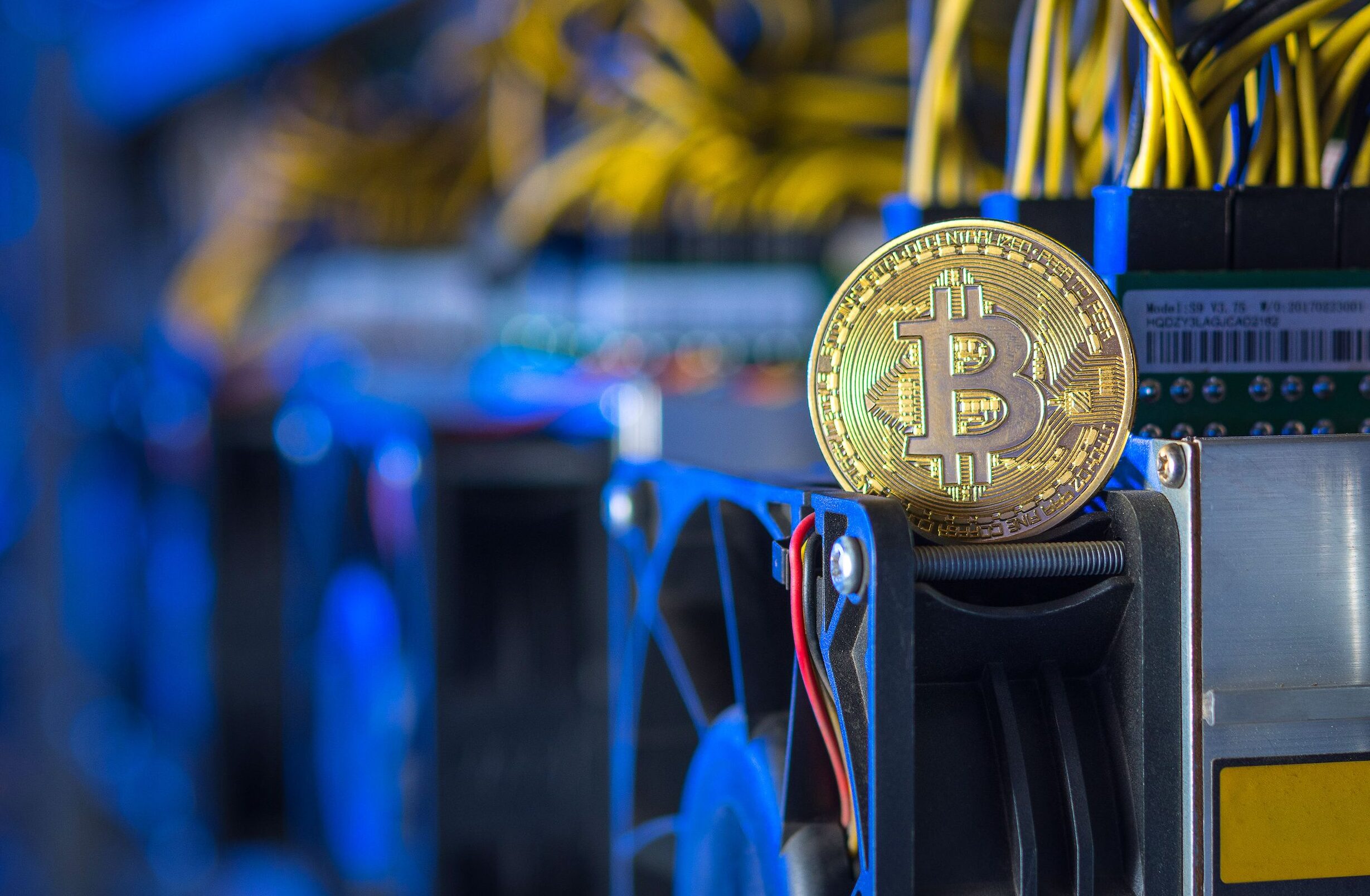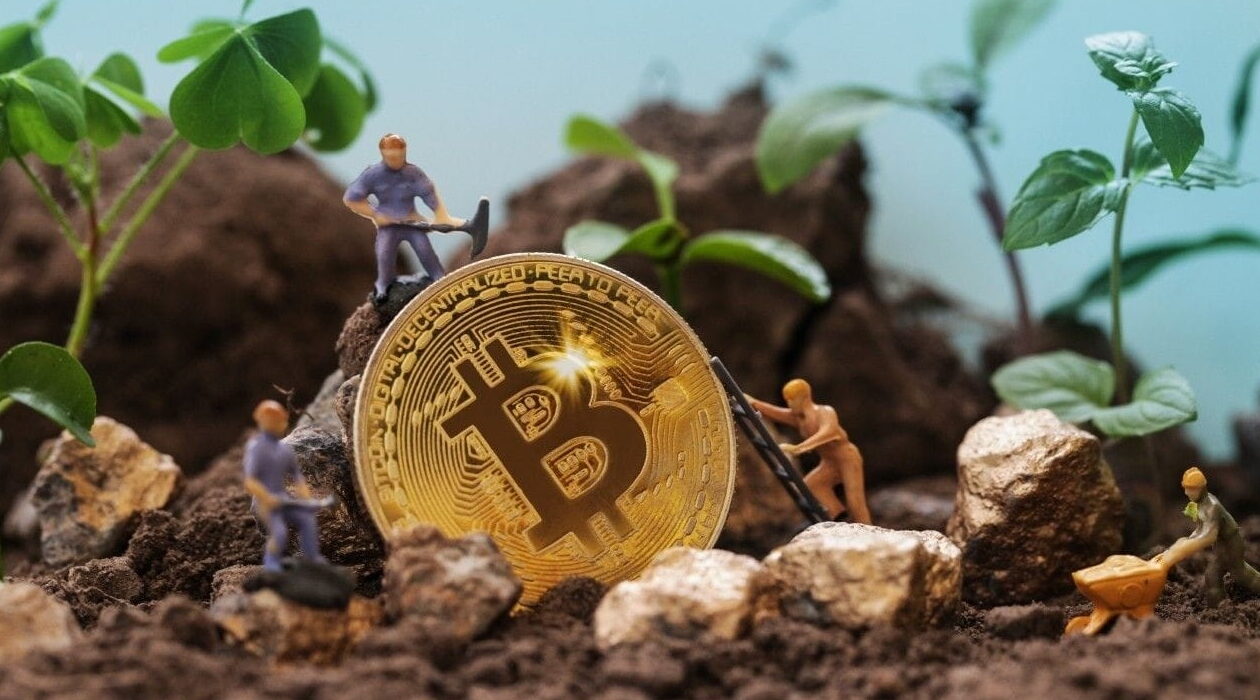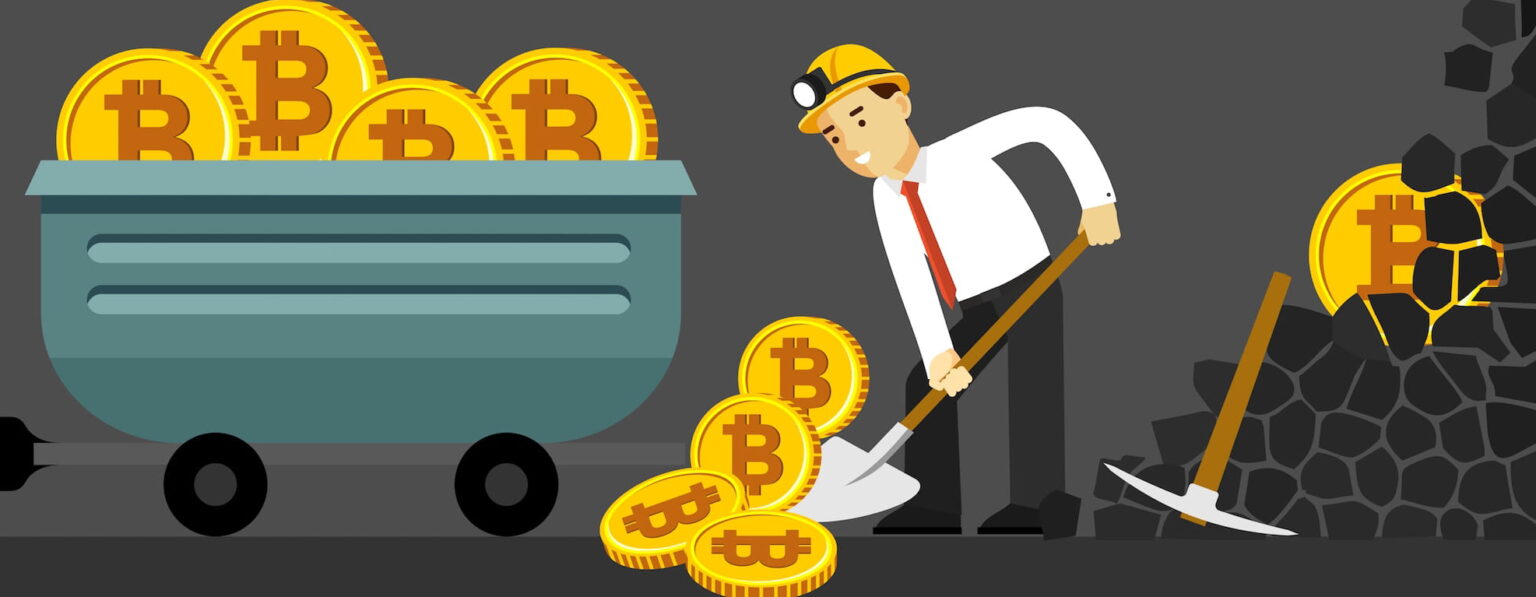Bitcoin mining is the process that introduces new bitcoins into circulation and ensures the safety of the Bitcoin blockchain. It is the basic system that keeps transactions safe, stops double spending, and makes sure that everything stays decentralized. If you want to learn how Bitcoin works or look into its ecosystem, you need to know how mining works.
Bitcoin Mining Explained Simply
Bitcoin mining is the process of using dedicated computer hardware to solve challenging arithmetic problems. The blockchain only keeps track of valid transactions because of a method called Proof of Work (PoW). This system uses these puzzles. When a miner solves a challenge, they add a new “block” of transactions to the blockchain. In return, they get bitcoins and transaction fees. This payment does two things: it encourages miners to keep the network running, and it slowly adds fresh bitcoins to the system. Every 2016 block, or about every two weeks, the difficulty of these puzzles changes. This feature makes sure that a new block gets mined about every 10 minutes, no matter how many miners are working on it.
Evolution of Mining Hardware
Initially, you could mine Bitcoin with a standard PC or even a laptop. But things are entirely unique today. Application-Specific Integrated Circuits (ASICs) are machines made just for mining cryptocurrency. They are now the most important part of mining. These machines have a lot of processing capacity, but they also use a lot of electricity, which is a big part of the economics of mining. Bitcoin mining needs to be efficient. A miner with old or inefficient hardware will quickly fall behind, especially when competing against big mining farms that have access to cheaper power and better equipment.
Bitcoin Mining Profitability Factors
The price of Bitcoin, the difficulty of mining, the cost of energy, and the efficiency of the technology are all factors that affect how profitable mining is. When the price of Bitcoin goes up, mining becomes more appealing. This attracts more miners and raises the network’s hash rate. This makes mining harder, which can lower profit margins. On the other hand, lower pricing can push smaller miners out of the network, which makes competition a little less fierce. The price of electricity is a big deal.

Mining companies in places with cheap energy prices, like Kazakhstan, Paraguay, or some parts of Canada and the U.S., frequently have an edge over their competitors. The Bitcoin halving event also has a big effect on how much money you can make. Every four years or so, the reward for mining a block is slashed in half. In April 2024, the most recent halving took place. The block reward went from 6.25 to 3.125 bitcoins. Halvings slow down the rate of new supply, and historically, this process has led to price increases. However, they also put pressure on miners’ margins.
Rise of Mining Pools
Most miners join mining pools since the tasks are getting harder and demand more resources. In these pools, miners combine their computing power to improve their chances of successfully mining a block. Those who contributed by providing computing power share the prize when a pool emerges victorious. This technique makes payouts more regular and lowers the risk that comes with solo mining. But it makes some worry about centralization, especially when a few big pools control most of the network’s hash rate.
Sustainable Bitcoin Mining Practices
Environmental groups, governments, and the media have all criticized the amount of energy that Bitcoin mining uses. The Cambridge Bitcoin Electricity Consumption Index says that the Bitcoin network has used more electricity per year than certain small countries in the past. This revelation has sparked a debate about whether the benefits of Bitcoin outweigh the damage it does to the environment. Consequently, many mining companies are transitioning to renewable energy sources. For example, Iceland has become a center for green mining since it contains geothermal and hydroelectric resources.

Businesses are attempting to enhance the environmental friendliness of mining by utilizing excess natural gas, solar power, or even recycled heat. Some projects are even making mining better for the environment by using energy that would have been wasted or cutting down on methane flaring at oil rigs. As ESG (Environmental, Social, and Governance) criteria grow increasingly relevant in the financial markets, mining that is beneficial for the environment could give companies an edge.
Global Bitcoin Mining Regulations
Countries around the world have varying regulations regarding Bitcoin mining. China used to be the world leader in mining, but in 2021 it prohibited all crypto mining because it was worried about energy use and financial flight. The ban made miners move to places that are better for crypto, such as the US, Kazakhstan, and Russia. Countries like El Salvador have accepted Bitcoin.
President Nayib Bukele said that geothermal energy from volcanoes would be used for mining operations. State-level efforts combine to create rules in the U.S. Some states want to encourage mining by lowering taxes, while others want to limit it because of environmental concerns. As governments make their rules clearer, miners who want to labor on a large scale will need to pay greater attention to following the rules and getting their energy.
Final thoughts
Technology, politics, and sustainability all play a role in the future of Bitcoin mining. Innovations such as immersion cooling, AI-optimized chip designs, and decentralized mining protocols like Stratum V2 are revolutionizing the mining process. By decentralizing control over transaction selection, these improvements promise to make mining faster and maybe even safer.
Furthermore, the trend toward green mining is likely to continue, especially as investors and users are asking for more environmentally responsible ways of doing things. Bitcoin mining could potentially help stabilize renewable energy systems by acting as a flexible buyer of extra electricity.







